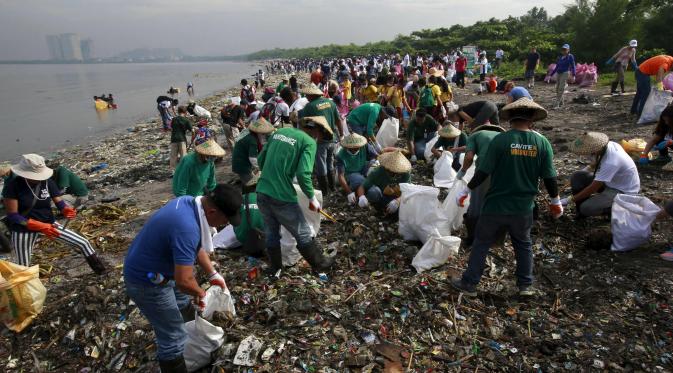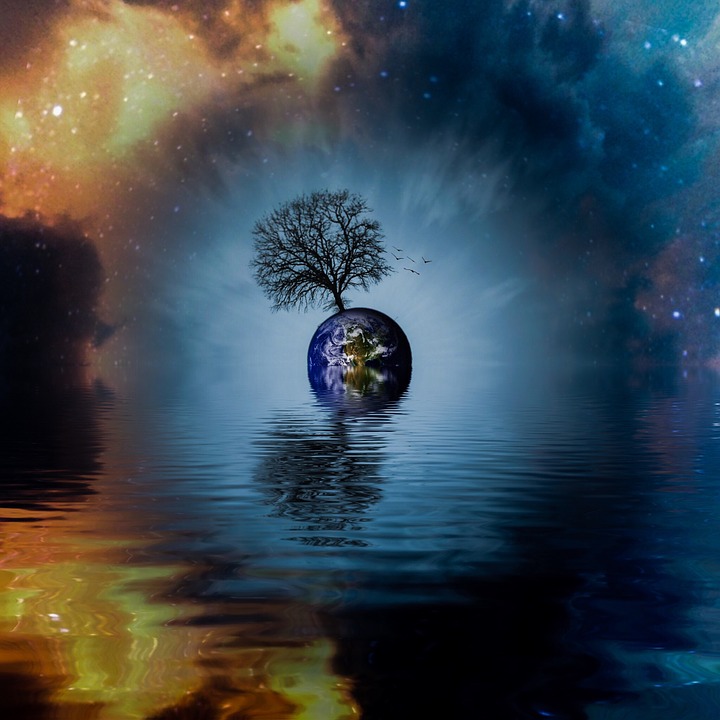
Last September 21, volunteers around the world took part in the International Coastal Cleanup Day. Here are three top ten lists for International Coastal Cleanup Day that highlight the need for constructive action towards trash-free oceans around the world.
Last year, volunteers picked enough trash (about ~2.5 million cubic feet) to fill the main chamber of the famous Taj Mahal almost twice. ICC volunteers from 97 countries and locations worldwide gathered enough bottles to equal the height of 1,000 Empire State buildings. Of the millions of trash and debris picked up from coastlines, here are the top 10 items:
Not surprisingly, most of the items in this list are connected either to the foods or the food packaging industry. The throwaway mentality of modern culture is observed nowhere better than in the way we consume manufactured food products today. With small adjustments however, we can make a huge (literal) difference in the amount of debris that end up in our oceans. Some helpful ideas:
- Observe strawless Fridays (popular in fastfood restaurants) or bring your own. See this article on creative reusable straws.
- Bring your own utensils when eating out.
- Buy a reusable and handy water bottle or jug to avoid unnecessary plastic bottle waste…
- …And fill it with clean tap water so you don’t have to drink ‘mineralized’ water while on the road. Read this article on why tap water is better than bottled water.
- Reuse and recycle glass bottles/jars for crafts and DIYs. Read this article on why we love mason jars.
By reducing our dependence on disposables, we take charge of our lifestyle and determine the impact it makes on the environment. Also, we can encourage friends and loved ones who are trying to stop smoking in their journey to a cleaner lifestyle.
Last year, Ocean Conservancy mobilized 561, 633 ICC volunteers. Collectively they cleaned enough coastline equal to the distance needed to travel Canada five times. Here are the top ten participating countries for ICC 2012.
Whether walking along shores armed with trash bags or snorkeling deep underwater to retrieve debris, volunteers removed ocean-polluting and waterway-clogging garbage often fatal to marine wildlife. I’m not really surprised that my country, a biodiversity-rich archipelago with over 7,000 islands, came in at second place in the top ten. The ocean and marine life are a central part of Filipinos’ culture in many parts of the nation.
And to complete our Coastal Cleanup top ten lists, here are Ocean Conservancy’s 10 things you can do for trash-free seas – no matter where you are in this blue marble planet.
Most of these suggestions center on making everyday choices that make both our lifestyles and environment healthier. It’s the same things we hear on Earth Day, World Car-Free Day, Arbor Day, and almost every commemorative day for the environment. It’s the same principles this blog promotes every day from biking topics to Green Wine infographics.
Why the reiteration about the small things we can do for our planet? Because ultimately, it’s not the animals or the ecosystems that benefit the most when our natural environment is healthy; it’s us.
Where did you take part in this year’s International Coastal Cleanup? Tell us in the comments below.





Leave a Comment